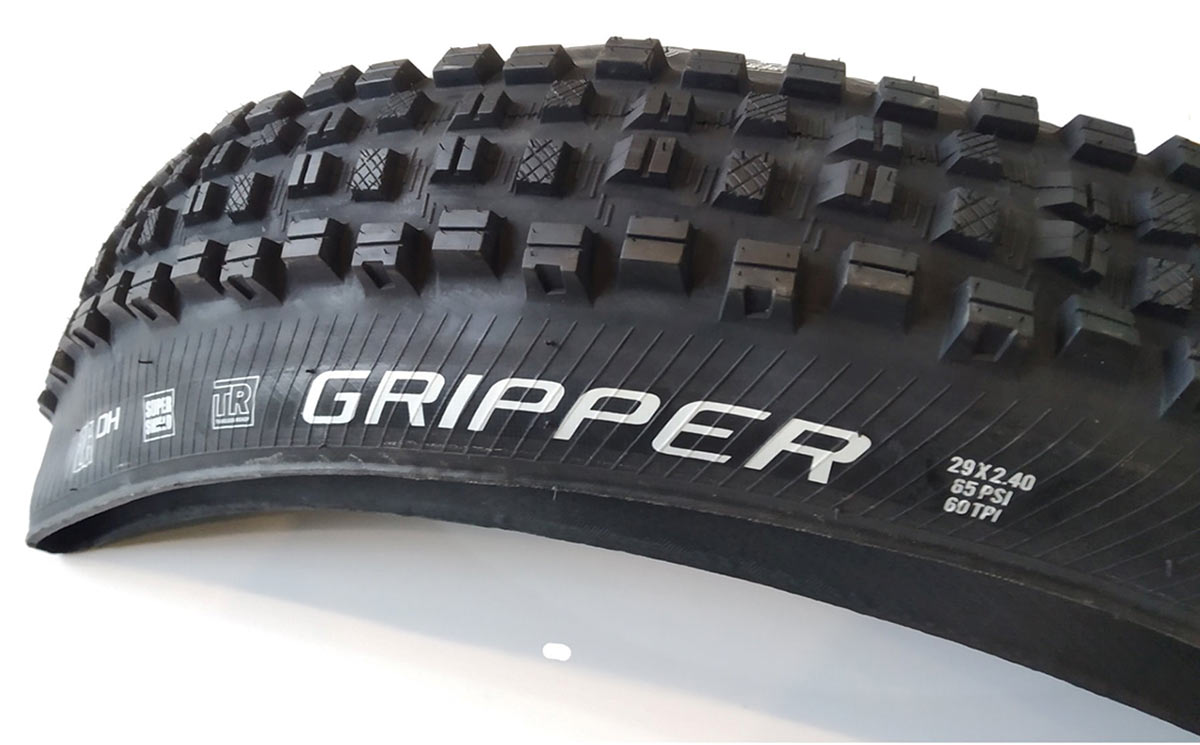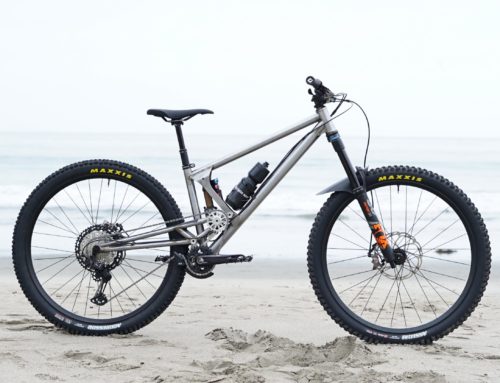Why are tire makers such lying liars? Or more specifically, how can I know what size my tire is really going to be when I mount and inflate it? Or even more specifically, why does my Bontrager xr2 2.6 measure NARROWER than my old Nobby Nic 2.35? – Ibis s35 rims 35mm inner, 41mm outer dimension according to Ibis. For the record, I want the biggest tire I can squeeze in my frame (Ibis Ripley v.3), cause in my books, phat is where it’s at.
MSC Tires: For an industry that is obsessed with standards this is a very valid question and one that I’m sure is pondered by many when looking at tyres on the hook in dealerships or online. What size will it be in real life? There is actually a standardised system for obtaining the measurement you seek, but it is not without its faults for the consumer. A uniformed set of rules for establishing the dimensions of tyres and rims has been sought since way back in 1952 when a unified system was first muted for the motor vehicle industry.
It took a further decade of negotiations and adoption by the trade to establish the European Tyre and Rim Technical Organisation, also known as ETRTO. It wasn’t until the late 1960s when it began to broaden its reach and assess the multitude of different bicycle tyre dimension labelling systems world wide. Yes, it was once worse than today! It then created a singular way to present the sizes. This new agreement was later set in stone by way of the ISO5775 regulations, an international standard for labelling the size of bicycle tyres and rims.
We are familiar with observing sizes like 29” x 2.40” on our mountain bike tyres, packaging and advertising. This is the common language that riders use talk to each other about tyre widths, but this is only provided as a consumer friendly number to guide us. This is not actually the ETRTO standardized size.
[continued...]









